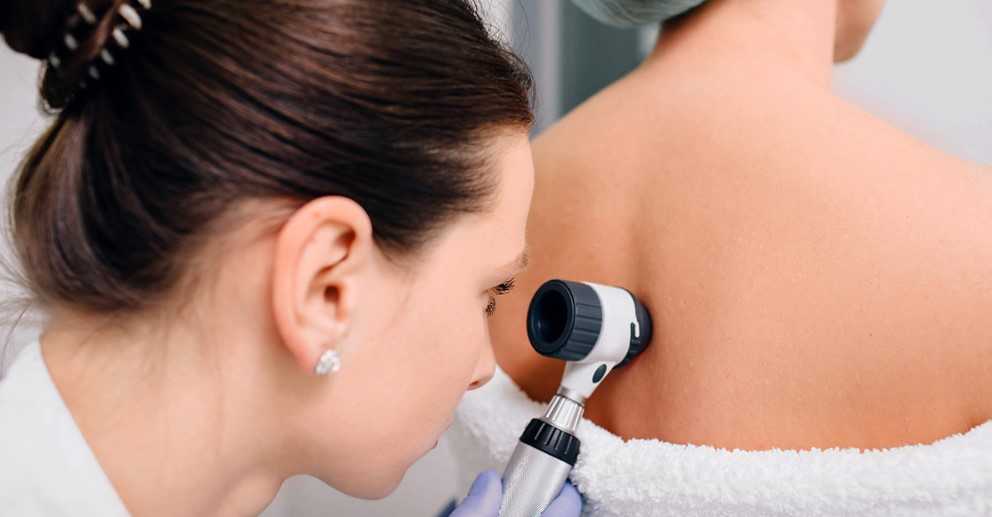
A surgical dermatologist is a doctor who performs surgery on the skin. For those who suffer from discolored or unwanted skin, surgical dermatology might be the treatment they have been waiting for. Surgical dermatology is not as daunting as it sounds. In reality, surgical dermatologic procedures have been practiced for many years. They include several techniques designed to remove growths on the skin to smooth rough elbows and even out pigmented areas caused by acne lesions.
However, with so many procedures available today, patients sometimes have questions about which procedures are right for them. Keep reading this article to uncover the five major roles of surgical dermatologists.
1) Diagnosis of diseases
Surgical dermatologists are trained physicians who have specialized in diagnosing and treating skin disorders. They can use numerous methods to diagnose patients, including patient history, physical examination, a biopsy of the skin, blood tests for specific antibodies that reveal autoimmune disorders or infection with certain viruses, and routine laboratory tests. Depending on the case’s complexity, diagnosis may occur over a few minutes during an office visit or may require several hours with imaging equipment at a specialty center.
2) Treats a symptom or illness
Once they have diagnosed a condition successfully, surgical dermatologists must choose treatment options that best cure their patients’ conditions. These options depend on the severity of the condition, affected areas of the body, patient age and overall health, tolerance for specific medications or procedures, and risk for side effects.
3) Repair damage
Surgical dermatologists treat disorders beyond diagnosing skin diseases that arise from over-exposure to harmful UV rays or environmental factors such as aging or pollution. They can also repair tissue that these factors have destroyed if they suspect an underlying disorder is present. For example, acne scars often result when pores become clogged with oil and dead cells—a process that can lead to inflammation. If the patient has inflamed clusters of acne lesions, the dermatologist can successfully treat these conditions with topical creams or antibiotics. However, if inflammation is deeper in the skin and creates pitted scars, surgical removal followed by resurfacing treatment methods can assist in restoring a more natural appearance.
4) Cosmetic surgery
Cosmetic surgery is performed for cosmetic purposes—to improve an individual’s appearance rather than to correct a medical condition. For instance, surgical dermatologist Huntsville-based can perform cosmetic procedures, such as liposuction (removing fat) or tummy tucks (body contouring). They can also offer advice on non-surgical options, injectables (collagen), chemical peels, and laser treatments.
5) Treatment outside of office visits
Although surgical dermatologists treat patients face to face during office visits, they can also help manage their conditions outside these sessions. Surgical dermatologists often recommend that patients follow certain procedures at home, such as:
v Applying topical creams or taking medication
v Maintain a healthy diet
v Exercise regularly to promote blood flow throughout the body
v Avoid exposure to harmful UV rays
v Use sunscreen when outdoors for prolonged periods
v Protect themselves from environmental pollutants such as smoke.
If surgical dermatologists suspect specific diseases are present in their patients, they may refer them to other specialists for further evaluation and treatment.
Surgical dermatologists have the unique ability to treat patients who require surgery and those with skin conditions that do not require surgery. They can diagnose diseases, repair damage from environmental factors or injury, offer cosmetic procedures and provide care outside of office visits for those with long-term conditions. In summation, surgical dermatologists can diagnose and treat various skin disorders based on the condition’s severity and location on the body.
